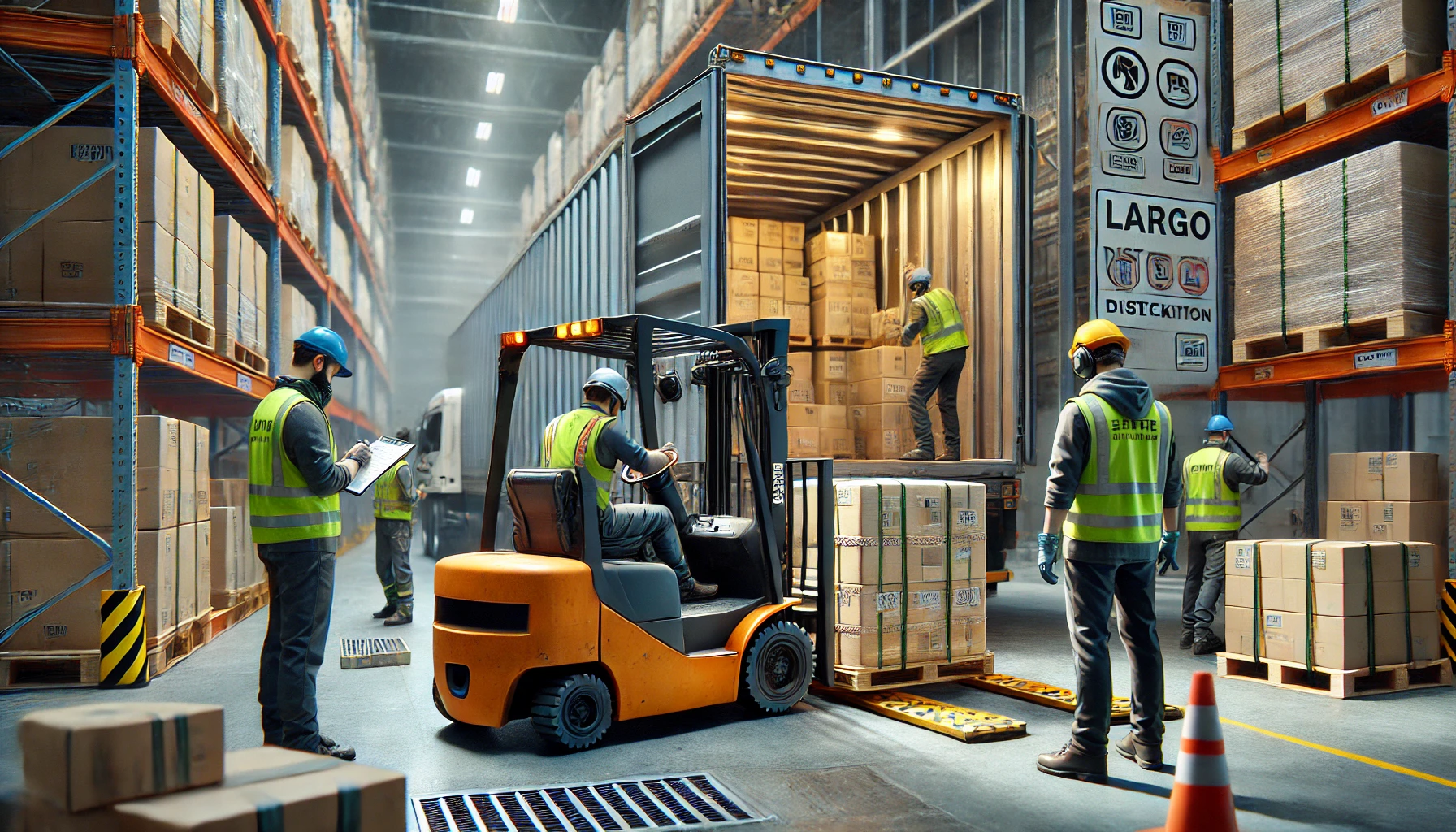How to Ensure Freight Transportation Safety


The low profitability of the freight transportation industry is partly due to high risks, which result in fines and losses. While it is impossible to eliminate all risks, significant reductions in losses can be achieved through effective measures.
Safety in freight transportation is a priority for all stakeholders:
- Shippers
- Carriers
- Insurance companies
Most safety measures, such as cargo distribution and secure loading, fall under the carrier’s responsibility. Using tools like the CargoTetris online cargo planning service, carriers can ensure proper and safe cargo placement. CargoTetris visualizes any cargo space (truck, container, van, etc.) and calculates the most efficient loading scheme, considering axle loads.
Calculate your potential savings with CargoTetris here.
Key Risks in Freight Transportation
Numerous factors can lead to cargo damage or loss. These risks can be divided into four main categories:
- Damage from Improper Storage or Transportation
- Poor cargo handling or placement can result in damage during transit.
- Use modern tools like cargo space planners to ensure safe and efficient cargo arrangement.
- Theft or Deliberate Damage
- While difficult to predict, carriers must implement security measures such as installing advanced surveillance systems or hiring private security for high-value shipments.
- Driver Performance Issues
- Careful hiring, regular medical checkups, and training in modern equipment usage can improve safety.
- Delivery Delays
- Delays can often be avoided by optimizing routes, performing regular vehicle maintenance, and using tracking tools to monitor progress.
Force majeure events are rare when companies adhere to established rules and optimize processes.
Loading and Unloading Rules
Safe loading and unloading practices are critical for protecting both cargo and personnel. Key guidelines include:
- Proper Packaging:
Ensure cargo is securely packed and labeled with information on handling instructions, environmental hazards, and the correct transport orientation.
- Secure Fastening:
Large or fragile items should be properly secured within the vehicle to prevent shifting or damage.
- Worker Safety:
Equip loaders with protective gear such as gloves, work uniforms, and safety shoes. Use automatic equipment for handling heavy or bulky items.
Safe Transportation Practices
The following measures help ensure the safe and timely delivery of cargo:
- Route Optimization:
Plan routes and estimate travel time while accounting for road conditions and potential hazards.
- Vehicle Inspection:
Perform thorough vehicle checks before each trip and address any issues immediately.
- Security Measures:
Install protective equipment in cargo areas and require non-disclosure agreements from drivers regarding the nature of the cargo.
- Real-Time Tracking:
Monitor vehicle movement and restrict unauthorized stops to minimize risks.
Optimize Safety and Efficiency with CargoTetris
CargoTetris is an advanced tool designed to enhance safety and efficiency in freight transportation. It provides:
- Accurate Cargo Placement: Prevents damage by calculating the safest arrangement based on load weight and size.
- Axle Load Balancing: Ensures compliance with weight regulations to avoid fines.
- 3D Visualization: Offers a clear view of cargo placement for precise and secure loading.
Benefits:
- Minimize risks associated with improper cargo handling.
- Reduce time spent on planning and loading.
- Improve compliance with safety and legal standards.
Conclusion
By implementing best practices and leveraging modern tools like CargoTetris, freight companies can enhance safety, reduce costs, and improve operational efficiency.
Try CargoTetris for free for 7 days at cargotetris.com and start optimizing your logistics today!

